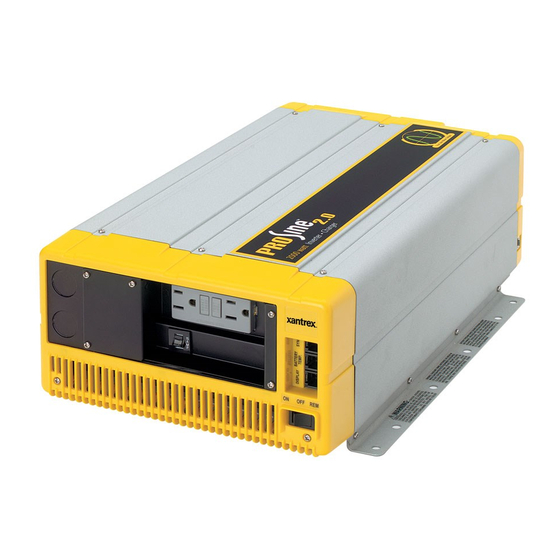
Xantrex PROsine 2.0 Inverter/Charger Manuals
Manuals and User Guides for Xantrex PROsine 2.0 Inverter/Charger. We have 2 Xantrex PROsine 2.0 Inverter/Charger manuals available for free PDF download: User Manual
Advertisement
Advertisement

